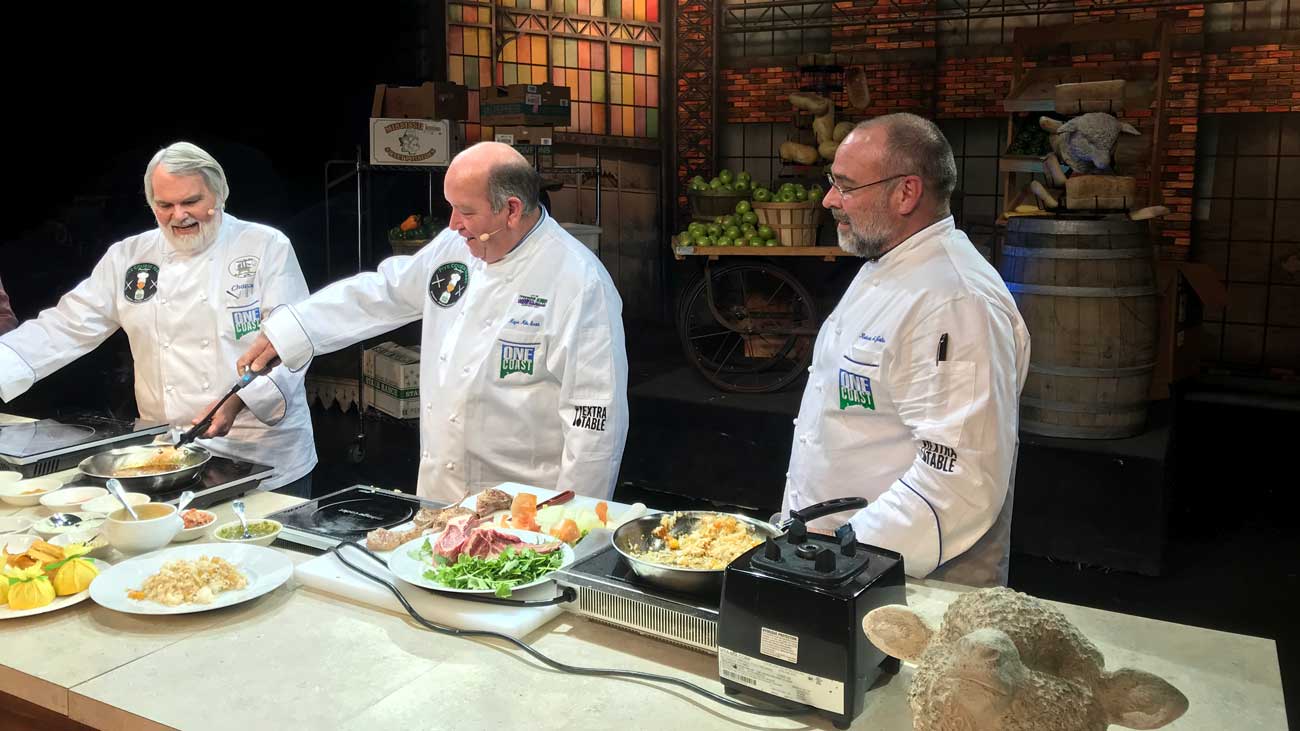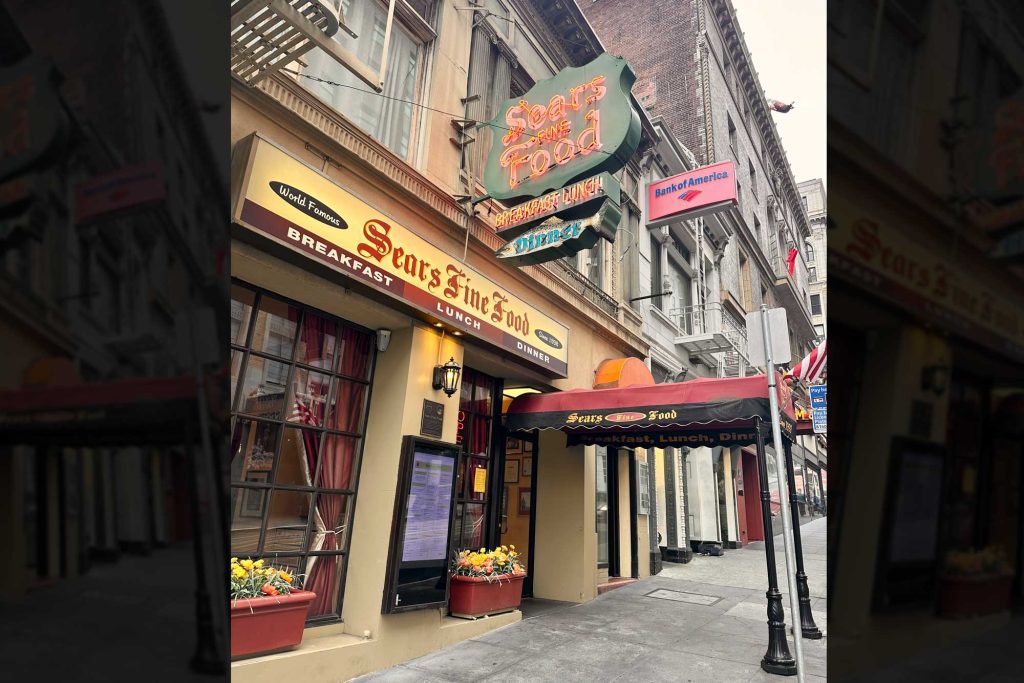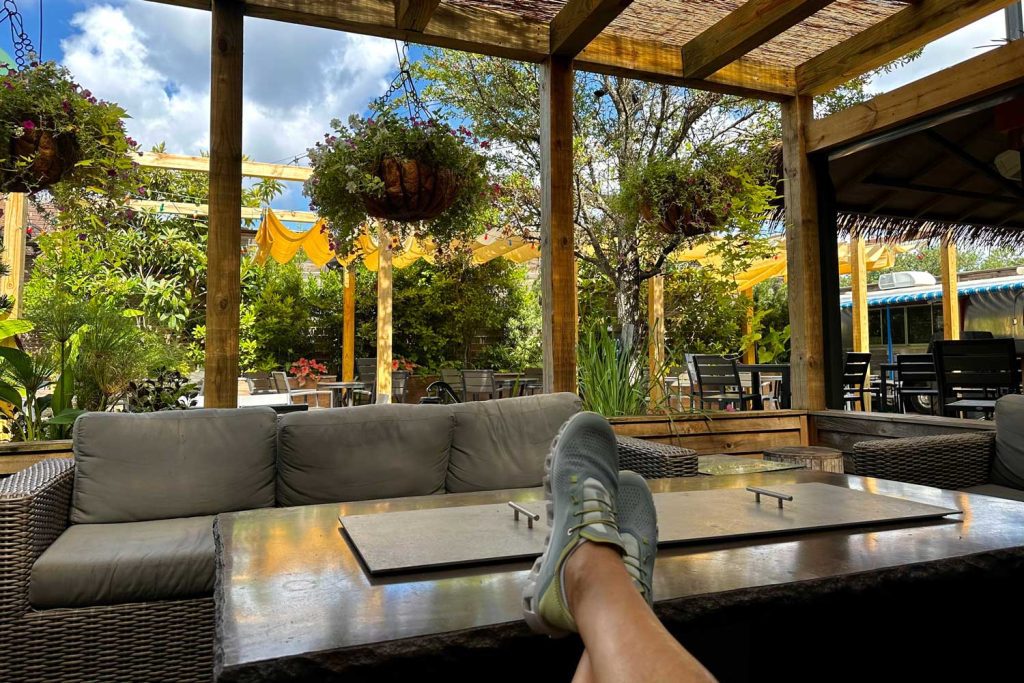My culinary career has taken me all over the world.
I have been in Asia, Europe, Central America, Mexico, and almost every major city in the continental United States from coast to coast. But one of the most exciting and memorable professional experiences I have enjoyed took place in Pascagoula, Miss., just 90 miles from my home.
A few weeks ago the Department of the Navy contacted me. I learned that whenever a Navy vessel is commissioned using the name of a state they choose a restaurant/chef within that state and invite the chef on the boat/ship to teach the galley crew a few signature recipes from that state.
I traveled to the Port of Pascagoula last week and boarded the U.S.S. Mississippi to take a tour and meet with the men in the galley. Captain John McGrath and his executive officer Dan Reiss hosted me for lunch in the officer’s wardroom. Over lunch I learned quickly that a submarine is called a “boat” and a surface vessel is called a “ship.” Though the crew of a submarine uses another name for a surface vessel: “Target.”
I was amazed by the technology and craftsmanship used in building this massive underwater vessel. The Navy is definitely in good hands with fellow Mississippian Ray Mabus serving as Secretary of the Navy as the U.S.S. Mississippi was delivered one year ahead of schedule and $60 million under budget.
I knew in advance that I was going to be dealing with tight spaces, but I had no idea how tight. There is no wasted space on a submarine. None. The management team at our restaurants complain because they “have no room.” As it turns out, our restaurant is blessed with an abundance of space. The crew of the U.S.S Mississippi knows how to maximize storage in every nook and cranny of the boat.
The galley is slightly larger than the kitchen in my first college apartment, but substantially smaller than a typical short-order kitchen. The equipment is state of the art. Though again, space is at a minimum. From that diminutive space, they feed 140 men four meals a day.
The Navy eats well. And the crew of a submarine eats better than the rest. They endure cramped living quarters and lack of sunlight for long stretches (McGrath had been down as long as eight weeks without surfacing). I signed several cases of books for the officers and galley crew before realizing that giving these guys three or four books each was going to tighten their limited locker space even more. They seemed grateful nonetheless.
After a lengthy meeting with Chief Christianson and Supply Officer Johnson. I arranged for two of the boat’s culinary specialists Michael Proctor and Thomas Kitts to visit our restaurants the next day. The Chief and the Captain gave me the same order, “Please teach them how to make white chocolate bread pudding.” As I was leaving the boat, a few of the crew pulled me aside and gave me another directive, “Please teach them how to make gumbo.”
The next day Proctor and Kitts arrived at the restaurant. We fed them a four-course lunch at Crescent City Grill before bringing them back into our kitchen. Sous Chef Scott Strickland walked them through the recipes for chicken and andouille gumbo and white chocolate bread pudding before feeding them the five-course chef’s tasting menu in the Purple Parrot Café that evening. I sent them back to the boat with a several gallons of gumbo and corn and crab bisque for the officers and the two chiefs I had interviewed.
While serving 750 portions of white chocolate bread pudding at the commissioning reception the next evening, I learned from one of the boat’s officers that the gumbo and corn and crab bisque never reached the officer’s wardroom and mysteriously disappeared in the vicinity of the galley. No word at press time whether Navy JAG had been contacted.
A ship or boat’s performance is greatly influenced by what the galley does. From what I witnessed, the galley crew of the U.S.S. Mississippi will ensure that their sub will outperform all others in the Virginia Class fleet, possibly in the entire Navy.
I was honored to be a small part of the boat’s commissioning. It was a once-in-a-lifetime experience. What the officers and crew left me with was an overall admiration for what the men and women of the Navy do on an hourly basis and the degree to which they sacrifice.
To a person, the men of the U.S.S. Mississippi were some of the most friendly, hospitable, competent, honorable, and knowledgeable people I have ever met. They will make their country proud, they will make the Navy proud, and they will— do justice to the name of their vessel, and— make Mississippians proud.
My father, Larry St. John, was a lieutenant in the Navy and my uncle, Dan Summitt, was the captain of two different submarines in his very lengthy career. The latter wrote a book, “Tales Of A Cold War Submariner” (Texas A&M Press 2004), about his service. I never had the honor of serving in the armed forces. But I take great pride in the fact that there is a Virginia Class nuclear submarine travelling all over the globe, defending our freedoms, keeping our enemies in check, and serving chicken and andouille gumbo and white chocolate bread pudding from the Purple Parrot Café and Crescent City Grill.



